Monthly Archives: March 2012
Angels of the Deep
The Pomacanthid family is arguably the most well-loved family in the marine hobby. The name is a derivation of two latin words; Pom, which means “cover” and acanthus, which means “spine”. This name is a reference to a feature shared by all members of the family; a spine on the gill cover. Sadly, many of these beautiful fish are tank busters, and many fish keepers are unable to keep them properly. The family consists of 7 genera and a total of 74 species and range in size from 5.5cm all the way to 60cm. Many hobbyists purchase members of this family as beautiful juveniles. Unfortunately, a large number of the larger angels are not nearly as attractive as adults as they are as young. There are a few exceptions to this, but generally this does hold true for the large angels. The Dwarf Angles do not suffer this same fate as most of them remain beautiful and colorful throughout their entire lifespan.
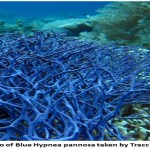
Macro Algae – Ever Wanted a Planted Saltwater Aquarium ?
Have you ever wanted a planted salt water tank? For the most part, that is not possible as there really are no truly salt water plants as there are for fresh water planted tanks. But we can keep many different types of macro algae that will grow into plant like structures adding a variety of colors and looks to your tank. You can develop your tank into a complete marine ecosystem with macro algae, and it is an inexpensive way to design a great looking tank. The below pics are a few examples:
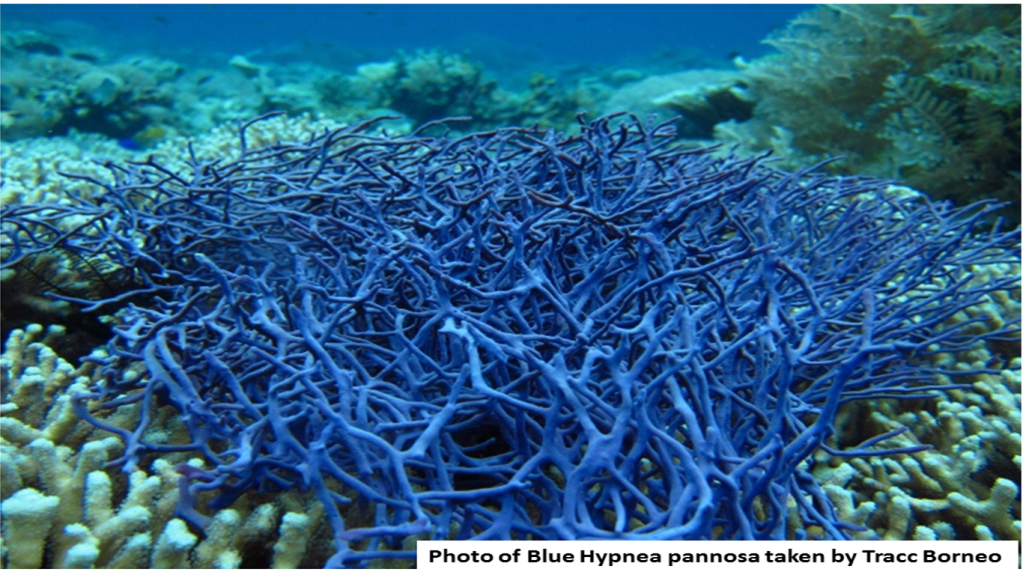
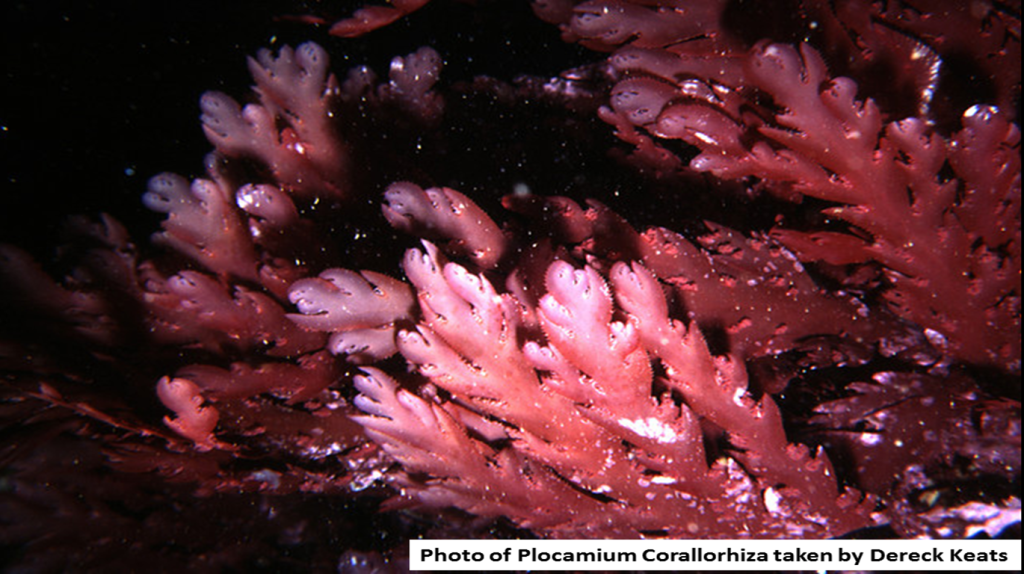
Reef Filtration
Reef Filtration
Though in smaller reef aquariums, the organisms in live rock and sand process Nitrate, reducing it naturally to zero. In larger reefs, that is over 90 gallons in size, with more life in, filters can help in keeping it at zero
However, there are several types of filtration that can help keeping your water quality high.
Natural Nitrate Removal
Both fishes and corals produce waste, in fact, all the life in your marine reef does.
And that produces Nitrate. Like freshwater Nitrifying bacteria, their marine counterparts do the same thing; convert the Ammonia generated by fish urea into Nitrite, then Nitrate, which freshwater hobbyists dilute by regular partial water changes.
While mature live rock coupled with live sand can keep Nitrate quite low in smaller tanks with very few fishes, there are methods of eliminating it all together. Most test kits don’t have the resolution to detect low levels of Nitrate in marine tanks. But if one keeps reef fishes, believe me it’s there
First, Nitrate is an atom of Nitrogen and two of Oxygen. When those Oxygen atoms are removed, what you get is Nitrogen Gas, which all air-breathing life breaths (in fact, the the air we breath is 21 percent Oxygen, 70 percent Nitrogen).
There are two prevailing methods of naturally reducing Nitrate to zero constantly. They are deep sand beds and plenums.
What makes them work is the Nitrifying bacteria that exist in low Oxygen environments which are 2 ppm Oxygen down to .02 ppm.
What those bacteria do is take those two Oxygen atoms from the Nitrate for their own use, and the result is pure Nitrogen Gas.
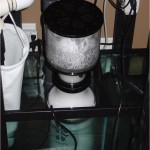
Protein Skimmers
Protein Skimmers
One of the most desirable and in many cases indispensable pieces of marine equipment are Protein Skimmers.
Called foam fractioners among the science folk, skimmers have been available since the early days of the serious marine aquarium hobby.
Benefits of Protein Skimmers are many. First, their purpose is to remove dissolve organics from your tank water before they decay and cause your water quality to decline. Skimmers work by mixing air with the marine water, generating bubbles. The dissolved organics stick to the interface between the bubbles and the water. The bubbles burst at the top of the unit, and the organics fall into a collection cup there.
The skimmer cup fills with what is called the skimmate. The smell of the skimmate will bring great peace of mind that is out of your tank water. Many have to empty the skimmer cup daily, some more lightly stocked reefs every other day.
Emptying involves rinsing the cup out under a running tap, then replacing it on the unit. Also, one should clean the biofilm that forms inside the skimmer every few months, gaging the time based on the amount of biofilm, since it can hamper the skimmer’s filtering capabilities.
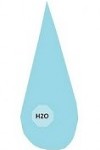
RO/DI units
When putting together this write-up, I used information that I researched / collected from: Perfect Life Water, Water Filters On-line, Rocky Mountain Discus on-line, Watts Canada, and Honeywell Canada along with my personal experience.
First a little history (to skip the history part if you are not interested, just click on “continue reading” below and scroll down to the first diagram)
The osmosis process was first discovered inthe 1700s by a French Scientist whom observed water diffusing spontaneously through a pig bladder. In nature, contaminant which dissolved into water normally exists in the form of ions (commonly referred to as salt). A pig bladder is lined with a membrane that has small enough pore sizes that will not allow the transfer of salt ions, but large enough to still allow the water molecules to pass through. This is used as a separation medium between water having two different concentration of salt. Water will generally transfer from the least concentration side to the higher contamination side as equal concentration will give equal pressure.